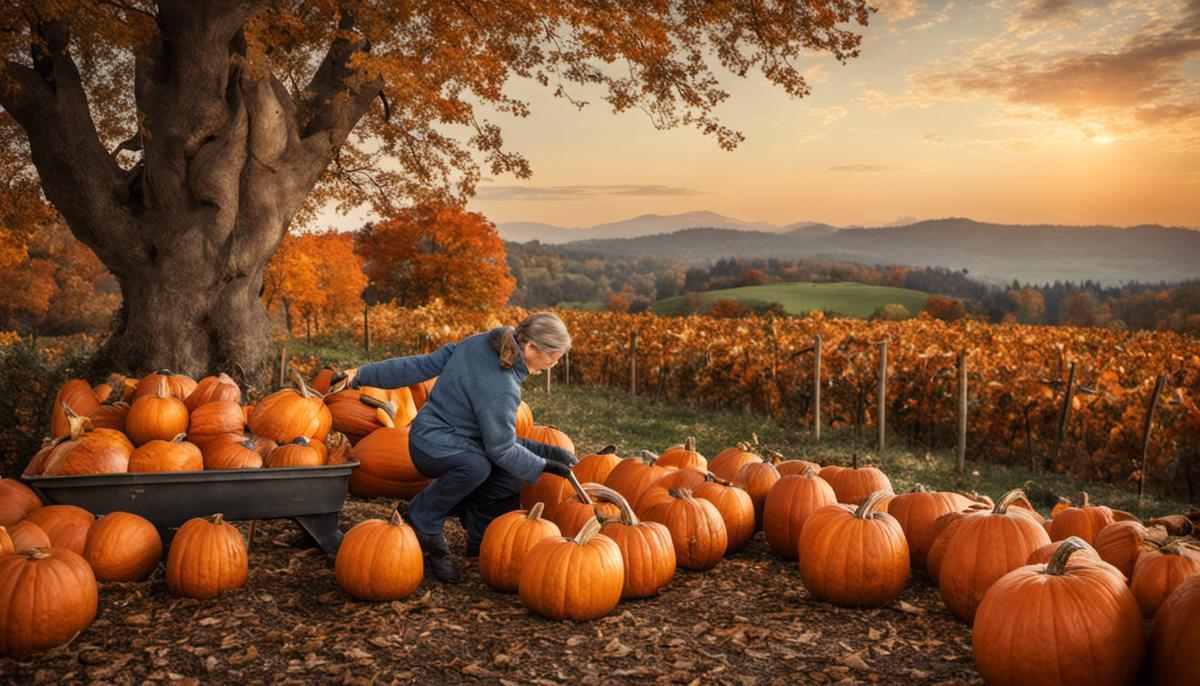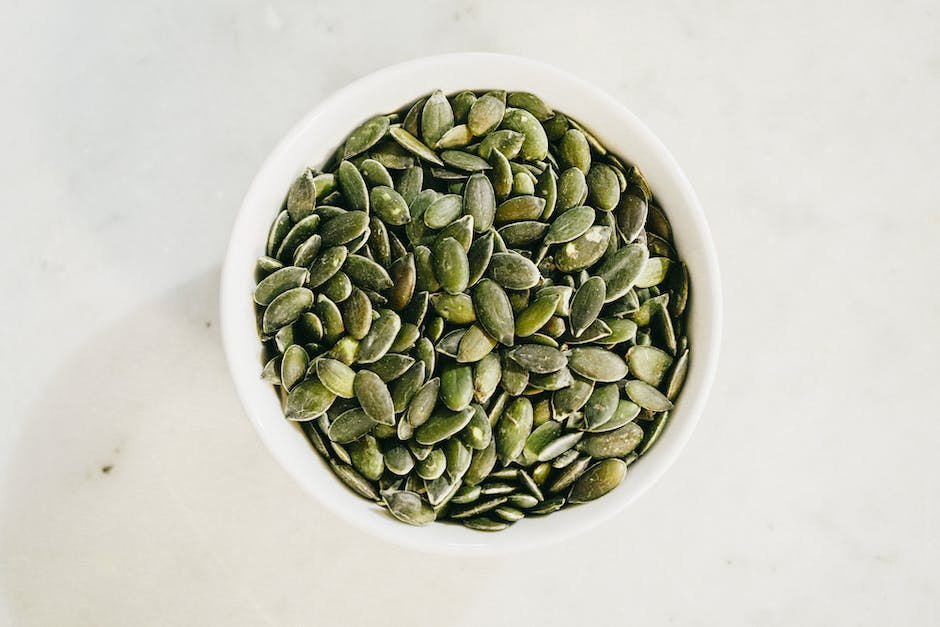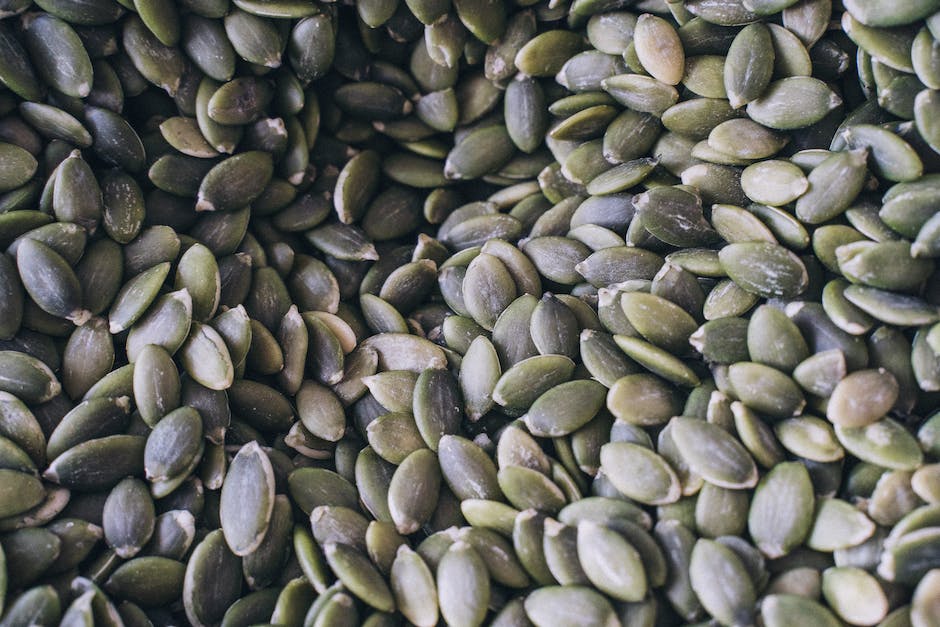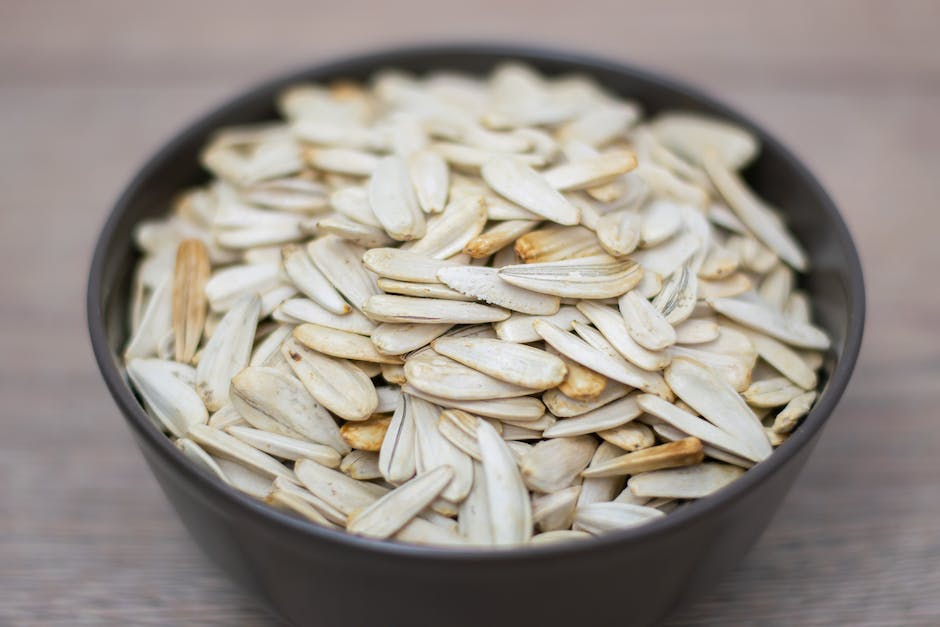Storing Pumpkin Seeds for Future Planting

Among the various autumn activities, the carving of pumpkins stands as a delightful experience cherished by all. Yet, every pumpkin carved potentially hosts within itself the promise of a fresh batch of pumpkins for the next season. This wonder can be realized through the careful harvesting, drying, preparing and storing of pumpkin seeds. Concentrating our efforts on these steps, we can ensure the long standing viability of these seeds, readying them for future plantations. This discussion aims to provide enlightening insights into the intricate practices of selecting mature pumpkins, extracting seeds from its pulp, suitable processes for drying, and optimal conditions for storing pumpkin seeds.
Proper Harvesting of Pumpkin Seeds
The Art of Collecting Pumpkin Seeds for Safe Keeping – A Beginner’s Guide
Welcome, pumpkin enthusiasts! Today, we’re delving into the treasured hobby of seed collecting, specifically focusing on one of our all-time favorites: the humble pumpkin. The process is straightforward and immensely rewarding. Let’s get right to it and leap into the fantastic world of pumpkin seeds!
Given the immense variety of pumpkin types, every seed collection will be uniquely flavored. Collecting these seeds is not just a hobby, it’s a journey of exploration in the vast universe of the gourd family. Treating each pumpkin seed as a vessel of plant potential, let’s take a closer look at the correct ways of collecting and saving them for planting.
First and foremost, choose the right pumpkin. Here’s a tip: ensure the pumpkin is ripe and healthy! A ripe pumpkin will yield mature, viable seeds. The ones to select should have no blemishes or signs of rot. Remember, vibrant, healthy pumpkins produce vibrant, healthy seeds!
Now, cutting open a pumpkin might be a familiar process to those who’ve carved for jack-o-lanterns. Carefully cut a hole around the top, ensuring not to pierce too deeply that it damages the precious seeds. Once the lid is removed, there’s the fun task of separating the pulp and seeds.
Attacking the pulp might seem daunting, but never fear. Using a sturdy spoon or ice cream scoop, scrape the inside of the pumpkin to dislodge both seeds and pulp. Scoop away! It’s a bit messy, but there’s no reward without a bit of pumpkin goop.
Next comes separating the seeds from the pulp. This can be done in two ways. Some prefer to simply use their hands to sift through the pulp. Others prefer to put the pulp-seed mixture into a big bowl of water and swirl it around. The seeds will float to the top, making them easy to skim off.
With the pulp and seeds now separated, give the seeds a nice rinse under cold water. For those interested in precision, using a colander is the way to go. Do note not to scrub off the thin, mottish white outer layer of the seeds, known as the seed coat.
Now that seeds are all clean, layout them out to dry. This is a crucial step since any remaining moisture could lead to mold and sadly, seeds can’t fulfill their plant destiny if they’re moldy. The best way is to spread them over a paper towel, ensuring none are clumped together and store them in a cool, dry location. They typically need one to two weeks to dry completely.
Finally, properly storing seeds is the key to seed-saving success. Once thoroughly dried, place the seeds in a paper envelope, a glass jar, or airtight plastic storage bag. Be sure to label your seeds with the pumpkin variety and the date of collection. You wouldn’t want to mistake your treasured heirloom seeds for the common ones now, would you?
To conclude, pumpkin seeds preserving is not just a hobby but an art. It’s a testament to patience, precision, and love for the beauty that resides in these tiny vectors of life. Happy pumpkin seed saving, folks!

Drying and Preparing Seeds for Storage
The Ultimate Guide to Drying and Storing Pumpkin Seeds.
As an ardent seed collector, there’s no joy greater than preparing your bounty for preservation. Having carefully selected your prime pumpkin, vindicated the vitality of your seeds, and chipped away at the clumps of pulp, it’s now time to venture to the final, but crucial, stages of your journey – drying and preparing your pumpkin seeds for storage.
The drying stage of seed preparation largely dictates the shelf-life of your seeds. To kick-off, spread the rinsed pumpkin seeds onto a clean and dry cloth or paper towel. Ensure that they are laid in a single layer and not overlapping to promote quick drying. In order to expedite the process, it is best to choose a well-ventilated space that has plenty of sunlight. However, it’s important not to expose the seeds to intense heat, as it might damage them. Therefore, avoid placing them near air vents or extremely sunny windows.
The drying process takes about a week. During this time, it’s crucial to monitor the seeds closely. Rotate the seeds daily to ensure all sides dry evenly. Touch them periodically. perfectly dried seeds should be hard and snap easily when bent. Resist the temptation to quicken the process using artificial heat sources such as an oven or hair-dryer; slow and steady wins the day here.
Once your seeds are thoroughly dried, it’s finally time to prepare them for long-term storage – a task that demands as much care as the rest of the process. To add to their shelf life, pumpkin seeds must be stored in cool, dark conditions. Containers are an important consideration. Airtight glass jars or envelopes made of wax paper or heavy-duty paper can be ideal. However, plastic containers are not recommended as they may encourage condensation.
It’s worth thinking ahead while storing seeds too. Put the seeds in small packets, ensure they are labeled with their variety and date of collection, and then place the small packets in the larger container. This way, you keep your collection organized and avoid unnecessarily exposing a gravity of seeds when you only need a few.
The beauty of the seed collection is that it is never-ending. Each season brings a new bounty, a new range of possibilities. And it’s in the carefully practiced drying and storing rituals that you truly get to extend the life and potential of the seeds you gather.
Remember, the right knowledge and practices can go a long way in preserving your seeds, ensuring the viability of your crops, and guaranteeing the longevity of your agricultural legacy. Drying and storing pumpkin seeds is a part of a noble tradition that honors our connection with nature and cherishes the marvels of self-sufficiency and preservation. Here’s to your continued success in this incredible journey- one seed at a time!

Storing Pumpkin Seeds Correctly
Carefully storing your pumpkin seeds will ensure that their viability and vigor remains intact until you’re ready to plant them. One of the main factors affecting seed storage is temperature, and for pumpkin seeds, cooler temperatures tend to be optimal. Seeds, when stored in a cool, dry, dark environment experience less deterioration and will provide you with a better stand come planting season.
Bearing this in mind, make sure to store your dried pumpkin seeds in a cool, dark location like a basement or a cellar. If these are not available, the back shelf of a closet will do as well – just remember the key here is cool and dark.
As we all know, temperature isn’t the only factor to consider when storing seeds. Humidity has a major role to play in preserving the viability of seeds as well. A high level of moisture in the environment can lead to the growth of mold which can ruin your whole batch. To prevent this, utilize moisture-absorbing materials such as silica gel packets, which you can easily pop into your storage containers to fend off the adverse effects of humidity.
Next, let’s talk about storage containers. You’ve got plenty of options here, each with their own pros and cons. Plastic zip-top bags are convenient since they are readily available and inexpensive. However, they aren’t airtight, so moisture can still creep in over time. Glass jars with tight-fitting lids are another great option as they are more airtight, but they are also breakable and heavier for transportation purposes.
Trust us on this one – seeds love paper. Paper envelopes can be used to store the pumpkin seeds as they allow the seeds to breathe while keeping excess moisture at bay. If you want to keep it eco-friendly and handy, paper envelopes are the way to go. You can even save up old envelopes or make your own from scrap paper.
Labeling is another crucial aspect of seed storage. It’s important to label each packet or container with the name of the variety and the date of collection. This level of organization helps ascertain the age of the seeds and certain characteristics that might be important when growing them.
Indeed, there is a certain allure in collecting, preserving, and sharing seeds. It ties us to our history as agricultural societies, makes us aware of the uniqueness of every crop, and the magic that a tiny seed holds. Surely, the preservation of different pumpkin seeds not only enriches our palette with diversity every autumn but also deepens the relationship we have with earth and nature. Lastly, let’s not forget to pass this invaluable knowledge down to the same soil we harvest from, our younger generations.

The practice of saving pumpkin seeds is indeed an integral part of nurturing a sustainable garden, an interesting hobby, and a valuable asset to create new life from what might otherwise be considered waste. The seed-to-plant journey is a complex yet enriching one, with each phase requiring particular care and precision. From the careful selection of the right pumpkins to the art of extracting the seeds for harvesting, from mastering the drying techniques to ensuring long term storage, each step is crucial for a successful plantation. Ultimately, the combined knowledge of all these processes allows for an opportunity to indulge in the gratifying act of giving life to an unassuming pumpkin seed, and in turn, contributing to a sustainable environment.



